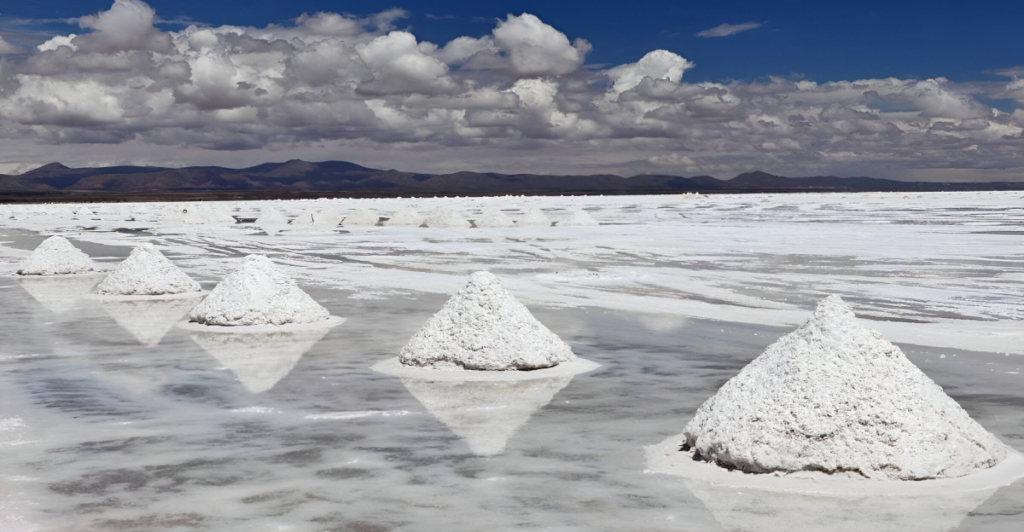
Lithium is the darling of the tech world, powering everything from smartphones to electric vehicles. But behind the sleek gadgets lies a grim reality: Lithium extraction is an environmental nightmare. As the global thirst for lithium intensifies, so does the strain on our planet’s precious water resources.
In regions like South America’s Lithium Triangle, mining operations are depleting water tables at alarming rates. Local communities and wildlife are bearing the brunt, facing dwindling water supplies and degraded habitats. It’s a classic tale of profit over the planet, and the consequences are dire.
This article delves into the environmental havoc wreaked by lithium mining, spotlighting the urgent need for sustainable practices before it’s too late.
Lithium Extraction – A Thirsty Business
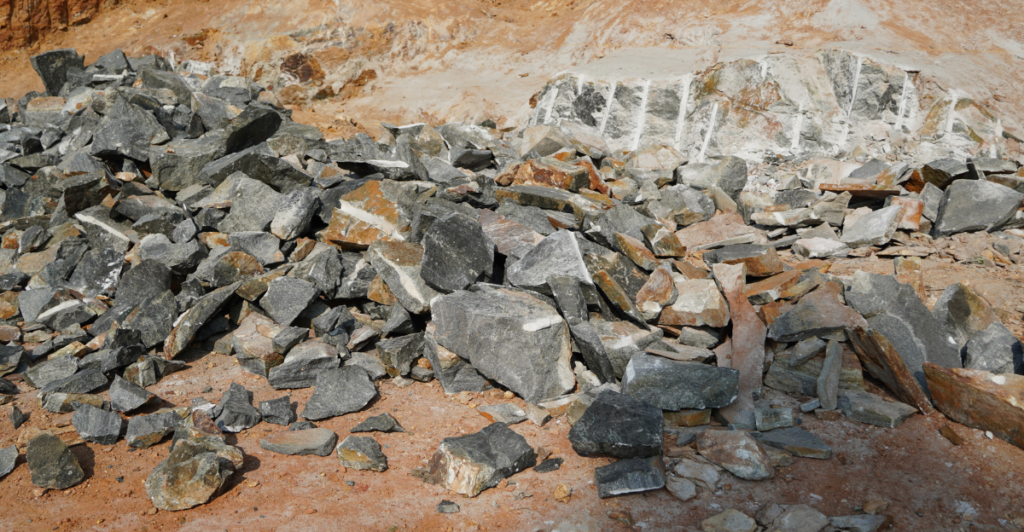
Extracting lithium isn’t a simple dig-and-go operation; it’s a water-intensive process that’s draining ecosystems dry. In places like Chile’s Atacama Desert, mining companies pump vast amounts of brine from beneath salt flats, evaporating it to extract lithium. This method guzzles nearly 500,000 gallons of water per ton of lithium produced.
The aftermath? Groundwater levels plummet, leaving local communities and wildlife high and dry. Farmers watch their crops wither, and native species struggle to survive as their habitats shrink. It’s a classic case of short-term gain causing long-term pain for both people and the planet.
As the demand for lithium skyrockets, so does the pressure on these fragile ecosystems. Without intervention, we’re on a fast track to environmental disaster, all in the name of technological advancement.
Wildlife in the Crosshairs – Victims of Lithium Lust
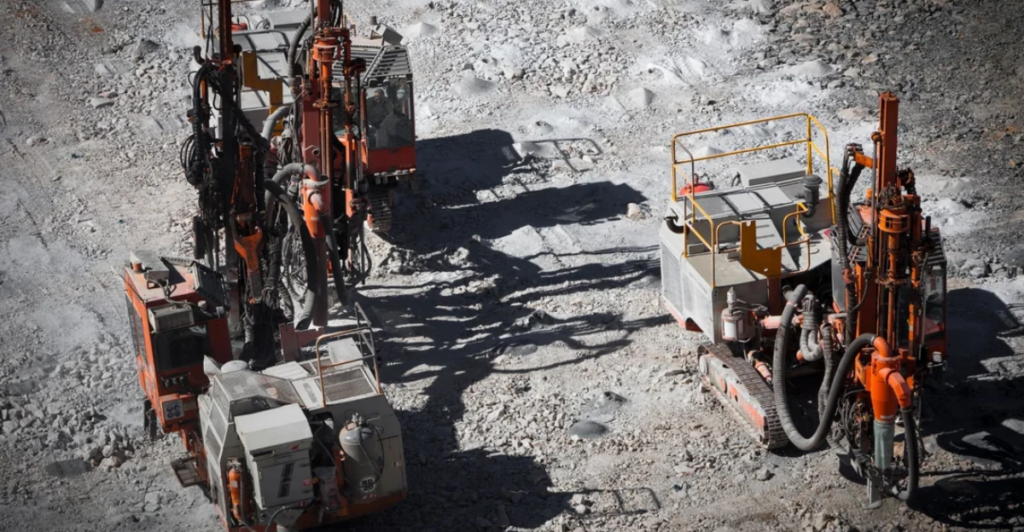
Lithium mining isn’t just a human problem; it’s a wildlife crisis, too. Take Chile’s Ascotan salt flat, home to the rare ‘karachi’ fish, uniquely adapted to its harsh environment. Proposed mining projects threaten to obliterate this species by disrupting its delicate habitat.
In Nevada, the Kings River pyrg snail faces a similar fate. Environmentalists warn that groundwater depletion from lithium extraction could push this tiny creature to extinction. It’s a stark reminder that our pursuit of ‘clean’ energy isn’t so clean for the creatures we share this planet with.
These cases highlight a troubling pattern: as we chase lithium to power our devices, we’re leaving a trail of ecological destruction in our wake. The question is, how much biodiversity are we willing to sacrifice for our gadgets?
Indigenous Communities – Paying the Price for Progress
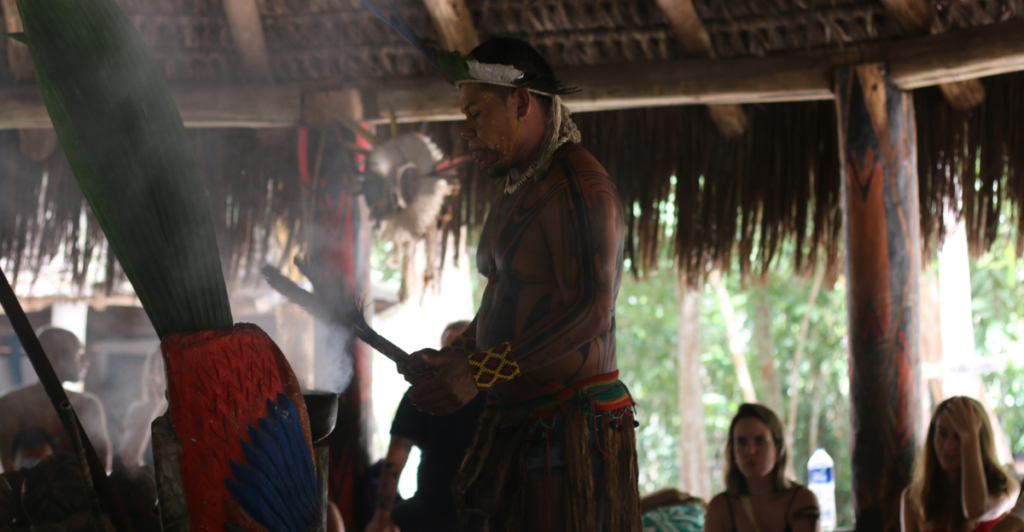
Indigenous communities are often the first to feel the sting of environmental exploitation. In Argentina’s salt flats, lithium mining is siphoning off water resources vital for agriculture and daily life. Despite their protests, over 30 companies are vying to mine these sacred lands with government backing.
The environmental toll amplifies existing inequities, leaving these communities to grapple with the fallout of decisions made in distant boardrooms. It’s a modern-day land grab, cloaked in the guise of green energy. The irony? The very people who have lived sustainably for generations are now being displaced in the name of sustainability.
This exploitation underscores a harsh reality: the green revolution is being built on the backs of those least able to fight back. It’s time to ask who really benefits from this so-called progress.
Environmental Lawsuits – Fighting Back Against Big Lithium
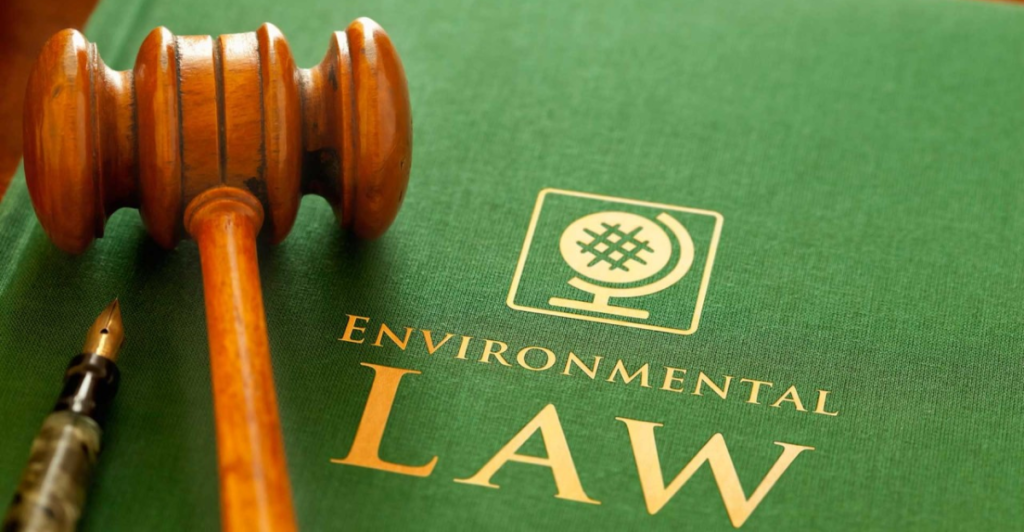
Communities and environmental groups aren’t taking this lying down. In Nevada, conservationists have sued the U.S. government to halt lithium mines threatening endangered species like Tiehm’s buckwheat. They argue that mining approvals violate multiple federal acts designed to protect the environment.
These legal battles highlight the growing tension between environmental protection and the rush for lithium. While companies tout the benefits of domestic lithium production, locals fear the irreversible damage to their land and livelihoods. It’s a David vs. Goliath fight, with the future of fragile ecosystems hanging in the balance.
As these cases make their way through the courts, they set critical precedents for how we balance technological advancement with environmental stewardship. The outcomes could shape the future of mining practices worldwide.
Salton Sea – A Cautionary Tale of Environmental Neglect
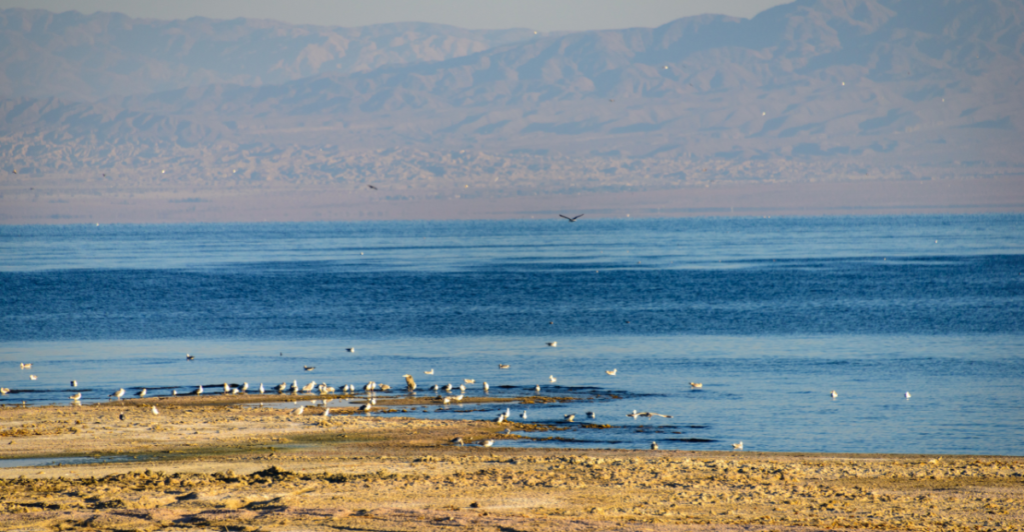
California’s Salton Sea is a glaring example of what happens when environmental concerns are sidelined. Once a bustling resort area, it’s now plagued by rising salinity, toxic dust storms, and vanishing wildlife. Recent federal funding aims to address these issues, but challenges persist.
The push for lithium extraction in the area adds another layer of complexity. While it promises economic benefits, locals worry it could exacerbate existing environmental problems. It’s a delicate balancing act between harnessing valuable resources and preserving the health of the ecosystem.
This situation underscores the need for comprehensive environmental assessments before diving headfirst into resource extraction. Otherwise, we risk repeating past mistakes with devastating consequences.
The Green Energy Paradox – Clean Cars, Dirty Mining
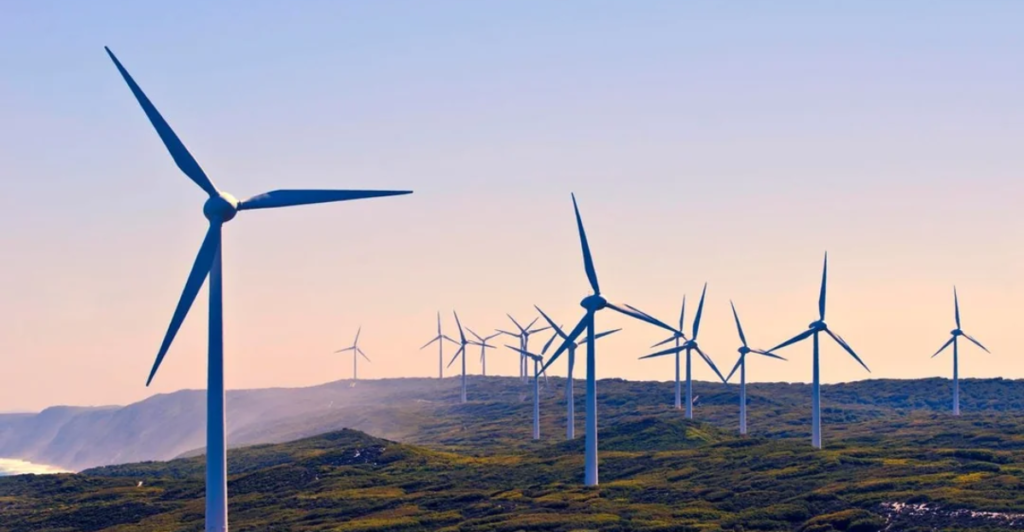
It’s the irony no one wants to talk about: we’re destroying nature to save it. Lithium powers electric vehicles, which are supposed to reduce emissions—but getting that lithium? It’s anything but clean.
Mining operations often leave behind toxic waste, drained aquifers, and degraded land. The process can release harmful metals like arsenic into soil and waterways, impacting both humans and wildlife. That shiny new EV battery comes with some serious baggage.
This doesn’t mean EVs are bad—it means we need transparency. The green energy future isn’t truly green if it leaves behind a brown, broken trail. Clean energy must include clean supply chains, or we’re just greenwashing destruction.
Global Impact – One Crisis, Many Fronts
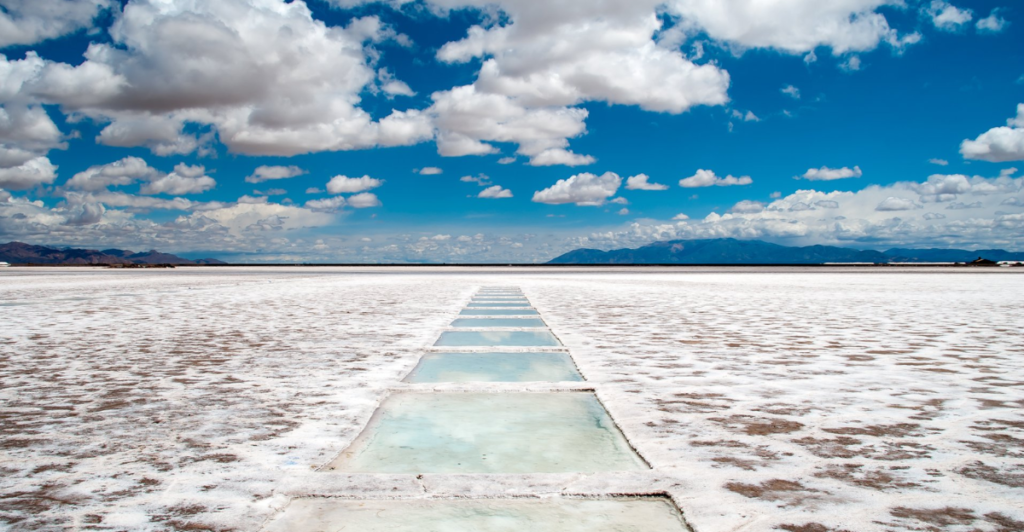
This issue isn’t just local—it’s global. From the salt flats of Argentina to rural villages in Portugal, lithium mining is rapidly transforming ecosystems, livelihoods, and water access across continents.
In Portugal, protests broke out over proposed open-pit lithium mines near farmlands and natural parks. In Australia, extraction projects have sparked concern among Indigenous communities over water rights and ecological harm.
What’s happening in one region echoes everywhere. These are not isolated incidents—they’re part of a larger trend where environmental risks are traded for economic promises. Without global regulation, lithium could go the way of coal: once necessary, now disastrous.
Sustainable Alternatives – Rethinking the Supply Chain
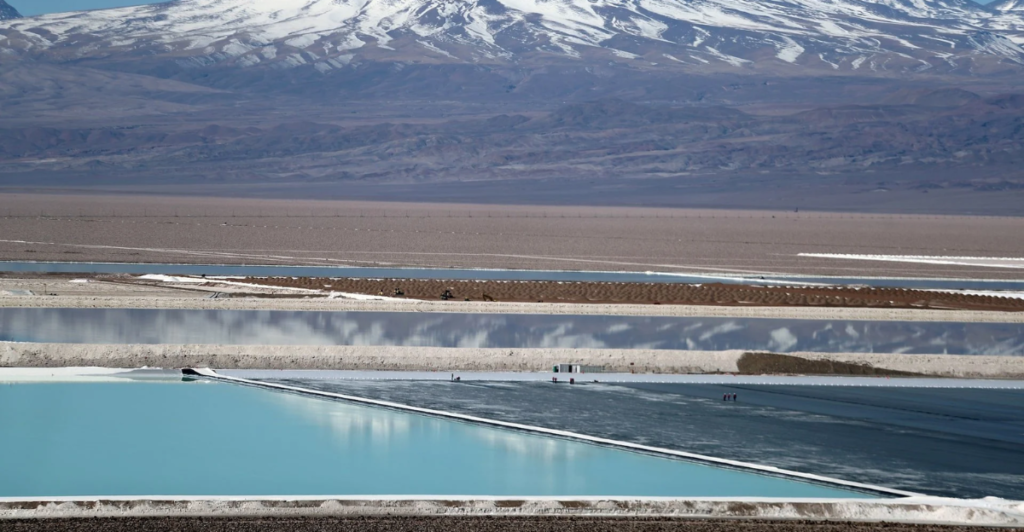
The answer isn’t ditching lithium—it’s evolving how we get it. One big solution? Recycling. Most batteries aren’t reused, but they could be. Recovering lithium from used tech would cut the need for new mining drastically.
Another emerging method is Direct Lithium Extraction (DLE). It pulls lithium from brine with less water and fewer emissions. While still being refined, it could reshape the industry for the better if companies adopt it at scale.
Consumers can help too. Supporting brands that prioritize ethical sourcing and holding green companies accountable makes a difference. Innovation matters—but so does intention.
Digging Deeper Than the Hype
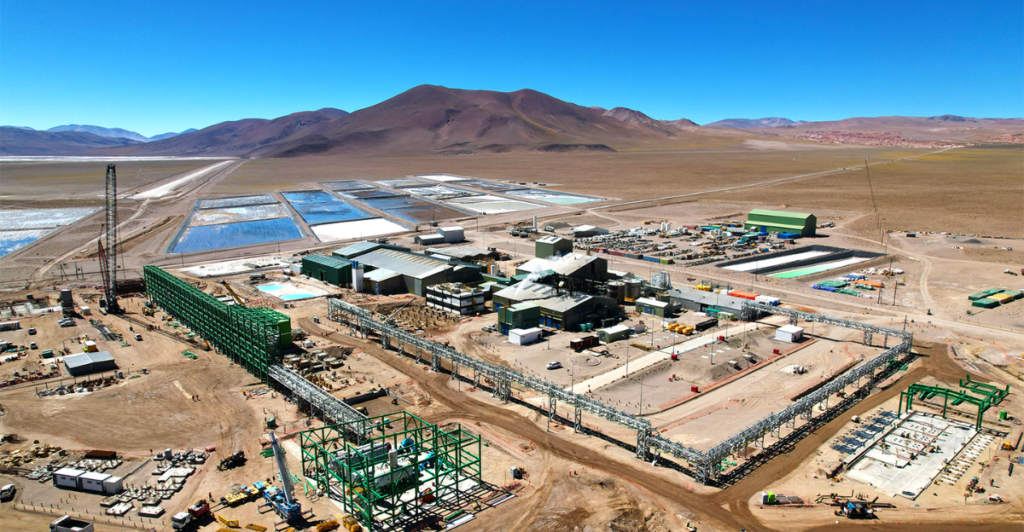
Lithium is essential—but so is the planet. If we keep prioritizing extraction speed over environmental protection, we’ll solve one crisis while creating another. Water shortages, lost wildlife, and displaced people are not acceptable side effects.
The path forward exists. Smarter mining, stricter regulations, and stronger voices from communities can make the future of lithium less destructive. But we need to care enough to push for it—now.
The clean energy movement doesn’t have to be dirty. But we have to ask the hard questions, challenge the supply chains, and stop pretending we can save the planet by hurting it.
Explore more of our trending stories and hit Follow to keep them coming to your feed!

Don’t miss out on more stories like this! Hit the Follow button at the top of this article to stay updated with the latest news. Share your thoughts in the comments—we’d love to hear from you!







